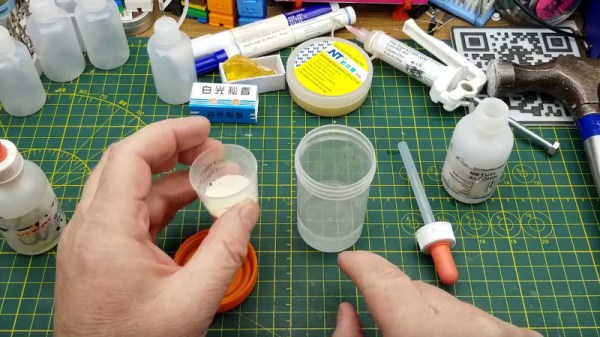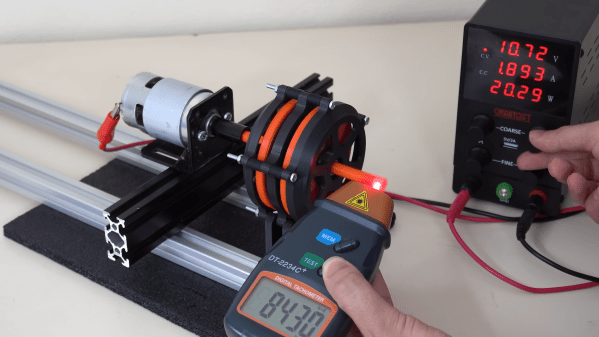If you think shorting a transformer’s winding means big sparks and fried wires: think again. In this educational video, titled The Magnetic Bypass, [Sam Ben-Yaakov] flips this assumption. By cleverly tweaking a reluctance-based magnetic circuit, this hack channels flux in a way that breaks the usual rules. Using a simple free leg and a switched winding, the setup ensures that shorting the output doesn’t spike the current. For anyone who is obsessed with magnetic circuits or who just loves unexpected engineering quirks, this one is worth a closer look.
So, what’s going on under the hood? The trick lies in flux redistribution. In a typical transformer, shorting an auxiliary winding invites a surge of current. Here, most of the flux detours through a lower-reluctance path: the magnetic bypass. This reduces flux in the auxiliary leg, leaving voltage and current surprisingly low. [Sam]’s simulations in LTspice back it up: 10 V in yields a modest 6 mV out when shorted. It’s like telling flux where to go, but without complex electronics. It is a potential stepping stone for safer high-voltage applications, thanks to its inherent current-limiting nature.
The original video walks through the theory, circuit equivalences, and LTspice tests. Enjoy!
Continue reading “Hacking Flux Paths: The Surprising Magnetic Bypass”

















